On October 18, 2019, cheese-makers from forty-two countries gathered in Bergamo, Italy, for the thirty-second annual World Cheese Awards, entering 3,804 cheeses in a competition for the title of World Champion Cheese. This event conveys an impressive representation of globalization made possible by modern technology and transportation. And yet, the event also served to emphasize that this progress is being threatened by political decisions of the modern world.
The movement of cheese around the world is by no means a recent phenomenon, however. Prior to attending the World Cheese Awards, I spoke with Paul Kindstedt, a professor at the University of Vermont in the Department of Nutrition and Food Sciences, and author of Cheese and Culture: A History of Cheese and Its Place in Western Civilization about the origins of cheese and its transnational travels.
While it is difficult to pinpoint the first example of the international trade of cheese, Kindstedt claims, “The first evidence that I can find is during the Bronze Age around 2200 B.C. There are three civilizations that have arisen: there’s Egypt on one end of the Fertile Crescent, there’s Sumer (or Southern Mesopotamia) on the other end, and then there’s the Harappan civilization of the Indus River Valley (what is now Pakistan).” He suggests that all three civilizations were reliant on the process of cheese making, and its importance was documented as such even in cuneiform. “The first records of trade (which are not definitive, but I think a good case can be made) are cheeses being shipped from the Indus River Valley to Sumer.”
Over the course of the next millennium, records demonstrate the growth of an international market, which, according to Kindstedt, was primarily an exchange of “essential food goods (like grains) and luxury foods (such as spices).” Cheese, which could be packed in brine and shipped in clay jars, was probably one of the luxury food products that was traded extensively during this time.
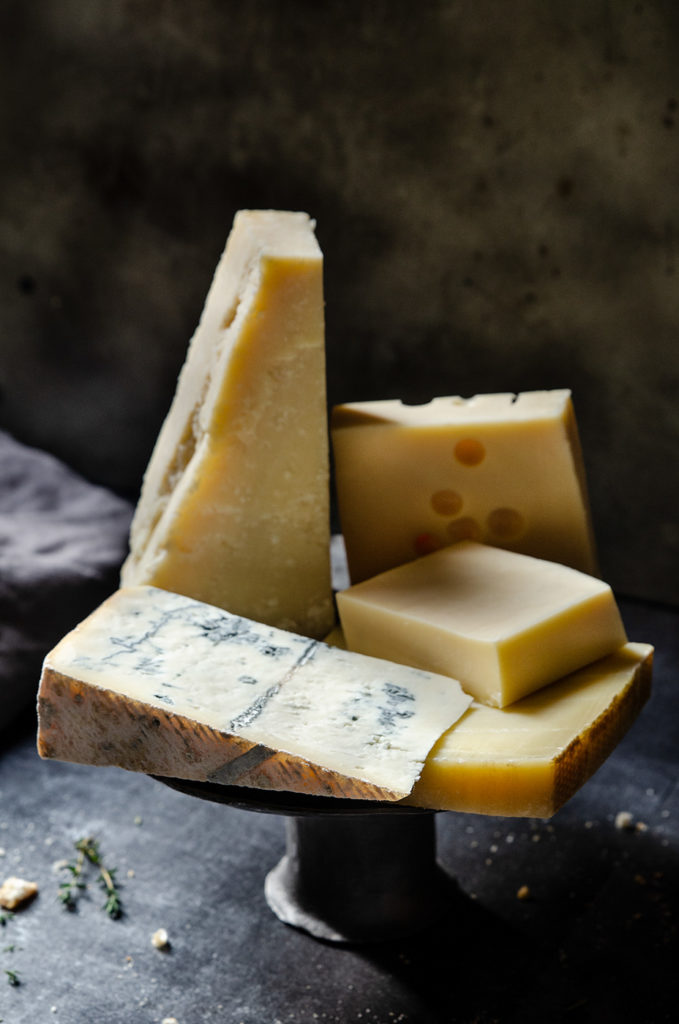
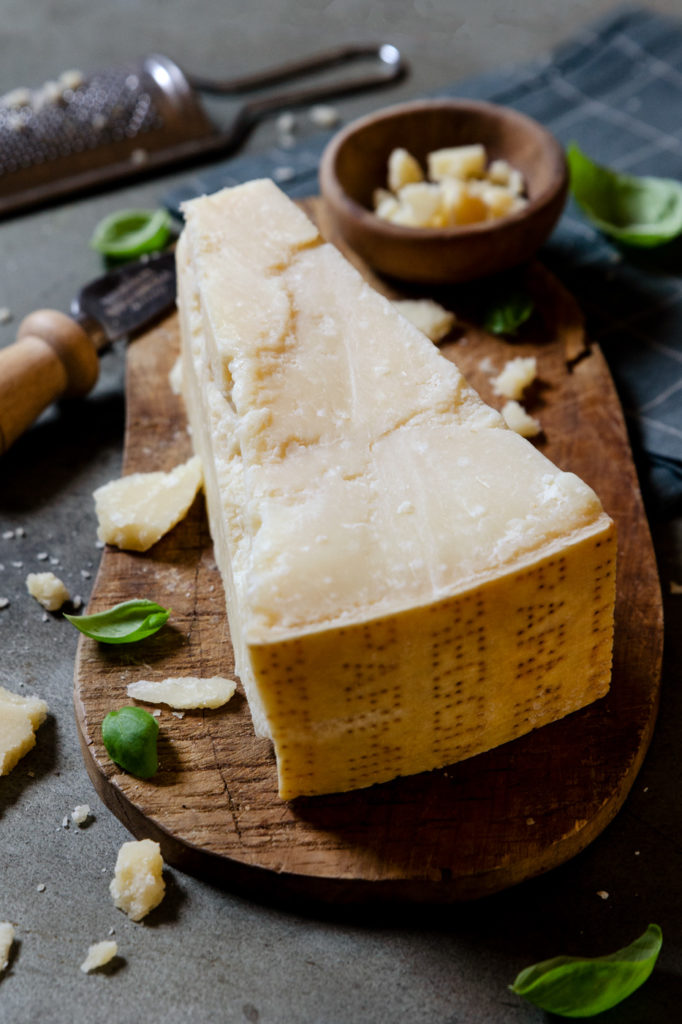
While developing better means of preserving cheese products, ancient civilizations also discovered ways to improve flavor. Kindstedt explains, “This gastronomic culture in the first millennium B.C. explodes,” and people begin to produce cheese “not for sustenance and survival, but for actual gastronomy.”
Over the course of the following centuries—long before the invention of refrigeration, airplanes, plastic wrap, or any of the other elements that play a key role today in the international cheese industry—cheese producers discovered new techniques to elevate the quality and durability of their products, enabling them to reach new consumers.
Kindstedt believes “the beginning of the international trade of cheese (in the modern sense) starts out in the Late Medieval Period in Holland.” During this period, Dutch farmers realized their local climate and soil conditions, which were not suited to growing wheat and other crops, could be used more advantageously for dairy farming. As they began to produce various cheeses, they also constructed ships and shipping containers, which allowed them to take full advantage of their geographic position on the coast of the North Sea. In this way, they transformed a “little postage-stamp-of-a-place” (as Kindstedt puts it) into the center of a thriving maritime market, and created cravings for Dutch cheeses, such as gouda and edam, around the world.
Dutch cheeses have since maintained their global popularity, but these cheeses along with others from several European countries are now facing new barriers that could have irreversible consequences for the cheese industry worldwide.
On October 18—by coincidence, the same day as the World Cheese Awards—the United States enacted a twenty-five percent tariff on a wide range of European and British imported goods, including many cheeses. These tariffs will affect the price and availability of cheese-lovers’ favorites including gouda, edam, emmentaler, gruyere, parmigiano-reggiano, gorgonzola, stilton and British cheddar.
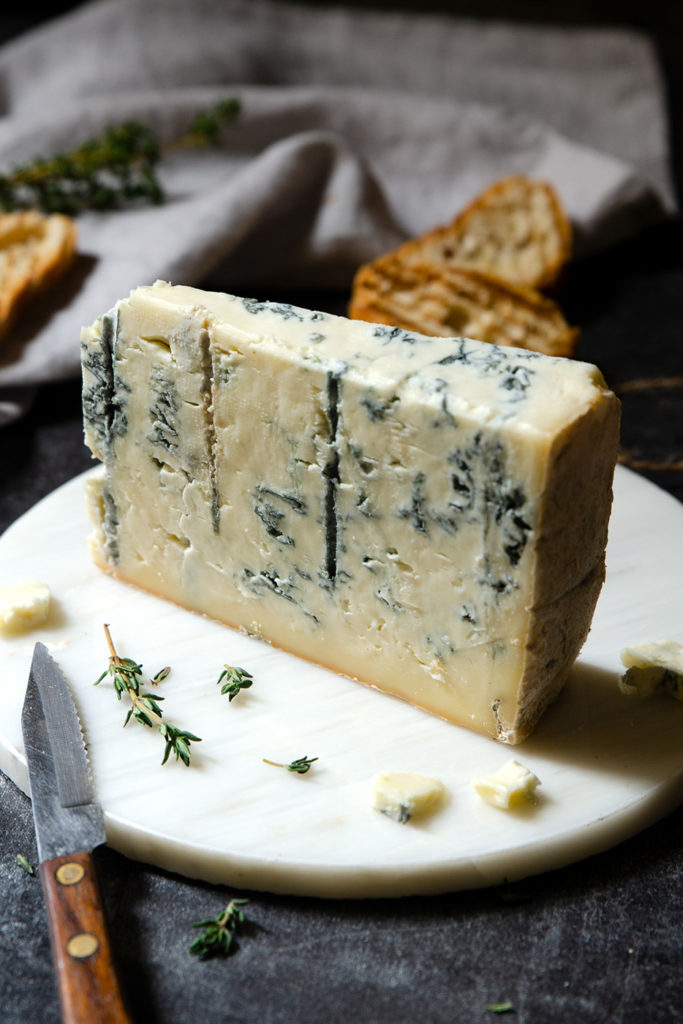
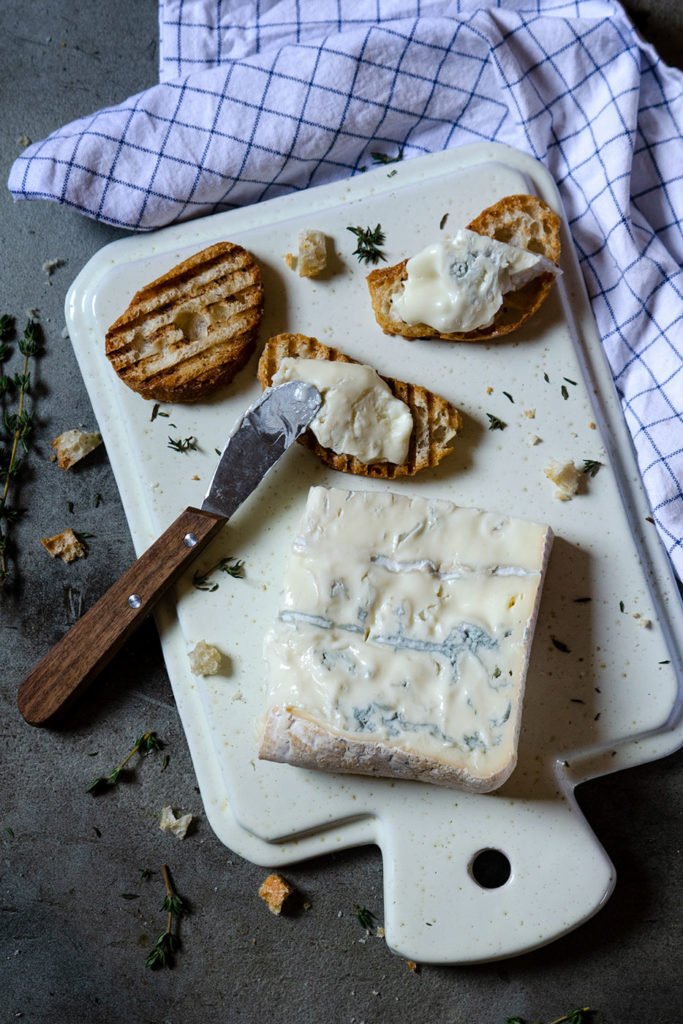
Seeking to understand the motivation behind the tariffs, I spoke with Thomas Perry, the cheese sales manager at Shelburne Farms in Vermont, who had recently spoken on the topic at the American Cheese Society Conference. Perry surprises me by explaining the tariffs are actually the result of “a fifteen-year battle over aircraft subsidies, between Boeing and Airbus beginning with the Bush era through to the current administration,” he says. “The U.S. contested that Airbus is getting subsidies for the production of their aircraft, potentially creating an economic disadvantage to Boeing. The World Trade Organization ruled that that was indeed the case—that Airbus was the recipient of unfair subsidies provided by E.U. nations. That allowed the U.S. to apply seven-and-a-half billion dollars worth of punitive tariffs on European goods.”
At the time that we spoke in early October, the details of the tariffs had not yet been finalized, leaving Perry and other dairy farmers in a state of uncertainty. “That is horrifying if you’re trying to run a business,” Perry says. “It’s not fair. But there is no guarantee of fairness.”
The timing is especially devastating as tariffs are going into effect shortly before the holiday season (when some of the largest sales of the year are usually expected), leaving every link in the cheese supply chain scrambling to find solutions.
Perry remarks that some cheese producers “are talking about eating the costs on their end—but that’s not sustainable. Ultimately, American consumers will have to pay more for European cheeses.”
Though it may seem that this could be an opportunity for American cheese producers like Shelburne Farms to increase their own profit, Perry explains, “If someone was purchasing English cheddar and was now looking for something of equal quality, they might turn to us to be that replacement, but we simply don’t have the capacity.” Because age profile cheddars require significant time (one year, two years, three years) to reach proper maturity, it isn’t possible to take advantage of the situation.
Carlos Yescas, a judge for the World Cheese Awards International Super Jury which selects the competition’s winning cheese, explains who does in fact potentially benefit from the tariffs. Yescas also serves as program director for the Oldways Cheese Coalition where he advocates for healthier, more sustainable eating habits. Part of his advocacy work revolves around promoting raw milk cheeses and traditional cheeses produced in his native country of Mexico.
Yescas explains new tariffs will not be profitable for Mexican cheese producers for a variety of reasons, including the fact that “most traditional cheeses in Mexico are made with raw milk and aged for less than sixty days, so they can’t come into the U.S.” Although some Mexican cheeses would be eligible to cross the border, Yescas believes American consumers are not willing to pay enough to justify the transportation costs due to a “perception in the U.S. that Mexican cheese should be cheap.” He later adds that the new tariffs may present opportunities for cheeses from other locales including Norway, Colombia, Uruguay, Australia or Japan, but that these cheeses would likely only be available in a few of America’s largest cities.
Davide Guffanti Fiori—who selects and ages cheeses for Luigi Guffanti Formaggi, a family-run Italian cheese company founded in 1876 and based in Northern Italy—also expressed his concern about consumer access to high quality cheeses following the implementation of the new tariffs. “It’s a great pity because if you lower the quality of the products in a market, the risk is that the next generation will not be trained to decide what is best for cheese or wine or other products,” he says. “Not giving them this opportunity is not only a commercial issue, it’s a cultural issue.”
The U.S. is one of the most important markets for Luigi Guffanti Formaggi, which sells about sixty percent of its cheeses abroad. Fiori remarks, “We are like a microphone because we try to give the possibility to little producers to go to important markets, like the U.S.”
The consequences of the new tariffs will be felt by both small and large producers of cheese in Europe and the U.K. and will depend in part on how long the tariffs are kept in place. The price for some Italian cheeses, like parmigiano-reggiano for example, will be suppressed because of supply, resulting in related issues. Fiori explains, “If they cannot deliver to the U.S., the cheese will arrive in the Italian and European markets. Not only the price, but also the value of the products will be reduced, and if we reduce the perception of the value of the product, producers will then make a product of lesser quality. It’s un circolo vizioso,” a vicious cycle.
Riccardo Deserti, the director of the Parmigiano-Reggiano Consortium, confirms this suspicion. “We are hoping and working to push for an agreement between the European Union and the U.S. to resolve this in a very short time,” he says. “If the new tariffs are in place for a year or more, we will certainly suffer.”
In the meantime, the impact of the tariffs will resonate throughout the cheese industry, affecting not only producers and distributors, but workers in the transportation sector as well. Yescas notes, “Most cheese trucks moving products in the U.S. are moving a ratio of seventy percent European cheeses, thirty percent American cheeses. If E.U. cheeses become more expensive, stores will order less, and then there will be space to fill up in the trucks.”
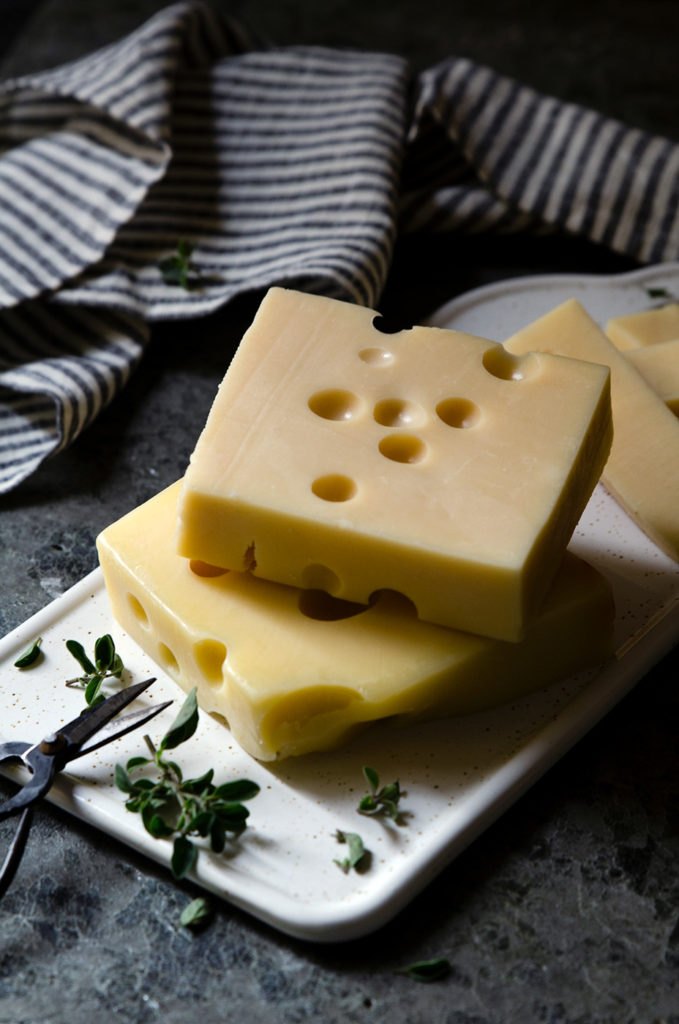
However, the true consequences of the new tariffs will not be empty spaces, logistical complications, and profit losses, but rather, the destruction of livelihoods and centuries-old traditions. While the politics and economics of the situation are concerning—especially given the injustice of imposing hardships on the agricultural sector when the root of the problem resides with the aerospace industry—the greater concern is a matter of culture.
Kindstedt argues, “For these wonderful cheeses and the communities in which they developed, there’s a precious heritage that’s worth saving. If there’s a market that’s willing to pay for these, we ought to make it as easy as possible, administratively, regulatory-wise, and so forth to preserve this.” He presses that questions should be raised regarding how our food is produced, considerations of changing conditions, and climate. “Do we want one model based on one economic outlook to run everything?”
Perry expresses a similar concern. “I think the most devastating thing that could happen as a result of these tariffs is further consolidation and concentration of the food systems we currently have,” he says. “With situations like these tariffs we need to look at where the control of our buying systems comes from and how that is impacting all of us at multiple levels, from billion-dollar purchases to one-dollar purchases. Why isn’t there more attention being put on these highly profitable companies and how the tariffs are affecting people and businesses that are just getting by by the skin of their teeth?”
At the World Cheese Awards, the tension was mere suspense as cheese-makers awaited the chosen winner, but a transcendent sense of dread brought conversations back to the new tariffs.
Just hours after the tariffs went into effect, the World Champion Cheese was announced. For the first time in the thirty-two years of the annual World Cheese Awards, the U.S. won the title, thanks to a blue cheese produced by Rogue Creamery in Oregon. For European cheese-makers, this American victory was celebrated, but was cause for some concern.
While globalization has helped create a market in which opportunity is afforded to cheese-makers all over the world regardless of accolades or awards, it’s clear that it’s more important than ever that consumers be deliberate and educated on each purchase, including the ways in which those choices may resonate.





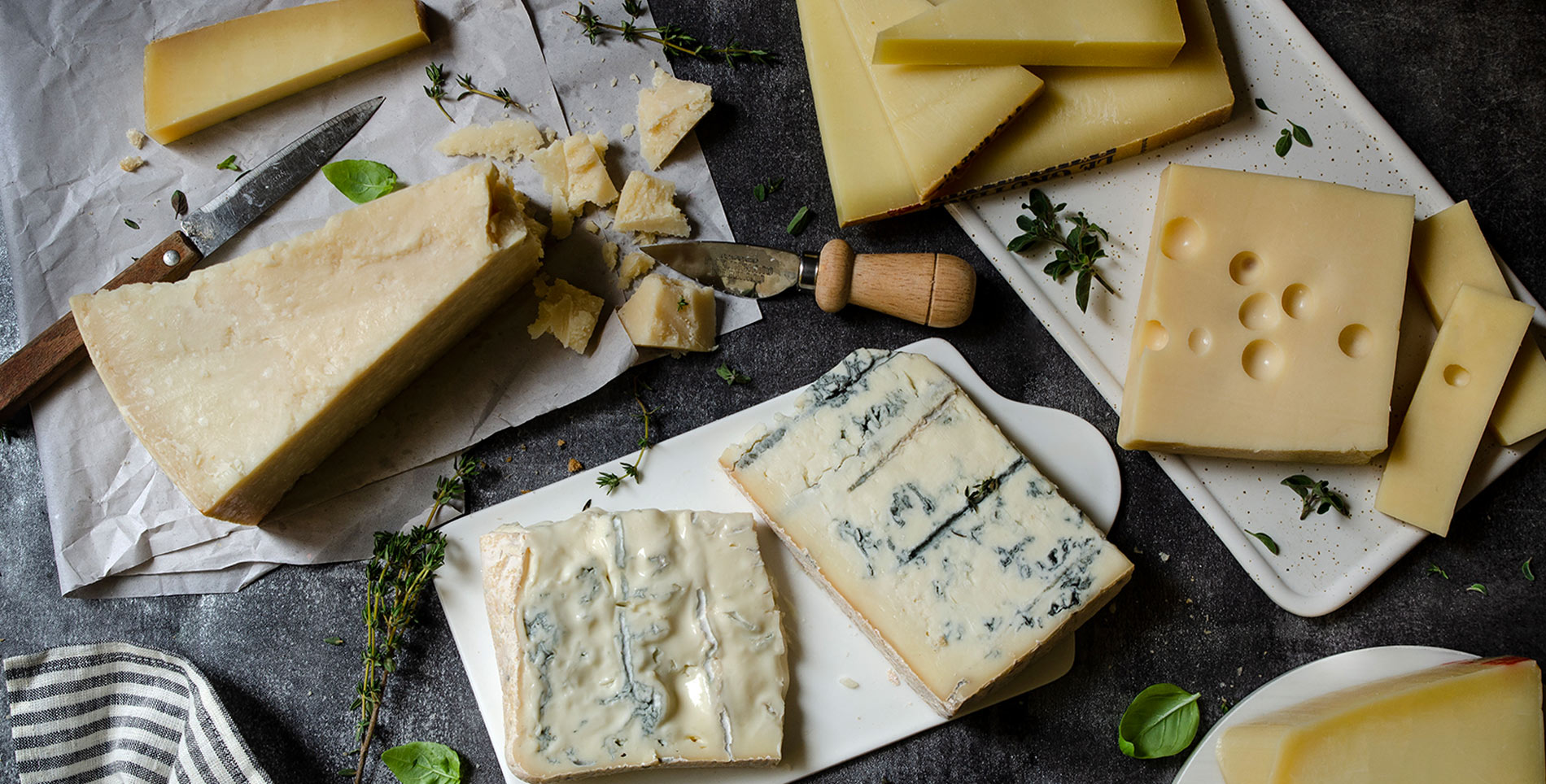

Our comments section is for members only.
Join today to gain exclusive access.